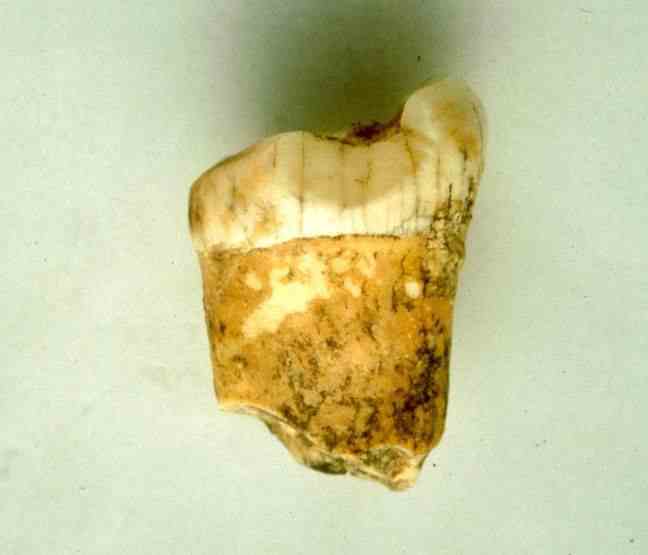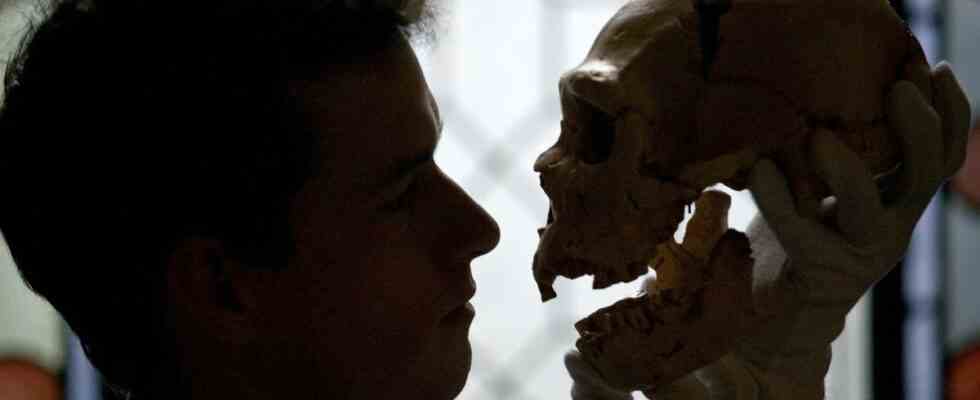Rather vegan or meaty the Neanderthal Man? Until now, paleontologists could determine the diet of our distant “cousins” thanks to archaeological excavations of the sites where they had lived thousands of years ago. In the Gabasa cave, on the Spanish side of the Pyrenees, they had discovered broken animal bones. But nothing could confirm that they had been the subject of a good feast.
Some studies carried out on the tartar of teeth found on the spot let rather think that they were herbivores. To find out if these Iberian Neanderthals were really fond of pan-fried porcini mushrooms rather than woolly rhinoceros steaks, like their Belgian and Iraqi contemporaries, the classic solution would have been to analyze the nitrogen isotopes contained in the collagen of bones or teeth.
But now, this proven technique rarely works on samples over 50,000 years old and kept in a non-temperate environment. Which is the case in Gabasa.
To remove doubts, a team decided to use a new method: the analysis of zinc isotopes contained in the dental enamel of one of the four molars taken on site. Zinc, resistant to degradation over time. And his results have just appeared in the Annals of the American Academy of Sciences (PNAS).
Analysis on a molar extract
“We sampled a small piece of the enamel that we dipped in acid. We were then able to capture the zinc and analyze it. The lower the proportions of zinc isotopes, the more likely they are to belong to a carnivore,” details Klervia JaouenCNRS researcher in isotopic geochemistry at the Geosciences Environment Laboratory in Toulouse.
And the results are pretty clear: Pyrenean Neanderthals also ate meat. For comparison, similar analyzes have been carried out on animal bones from the same period, whether lynx or wolf, carnivores, or rabbits and chamois, herbivores.

The Neanderthal to whom the analyzed molar belonged was not limited to the meat of its prey. It also consumed the bone marrow, without consuming the bones. A fine beak in summary. Thanks to his tooth, which forms before the age of three, we know that from an early age, once weaned at his mother’s breast, he feasted on pieces of bison or wild horses. And the analyzes also show that he was not a great nomad, he probably died where he had lived as a child.
A new technique in the service of paleontology which had already made it possible this summer to show, thanks to a tooth, that the Otodus megalodon had disappeared in favor of the great white shark, yet “smaller” than it. This behemoth of the seas ruled the oceans five million years ago and found itself at the same level in the food chain as the great white shark, in direct competition. And which could interest many researchers in the future presumes Klervia Jaouen. Especially when other methods show their limits due to erosion of the remains due to conservation conditions.

